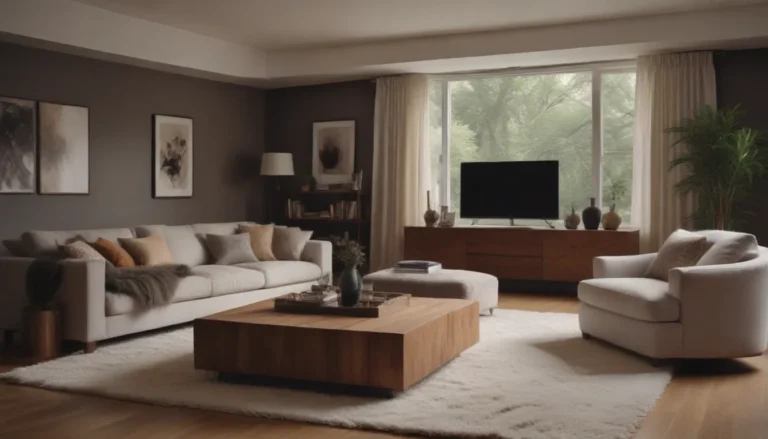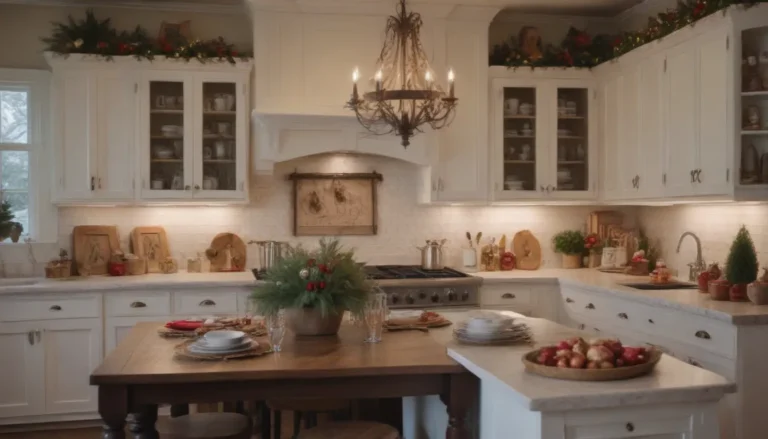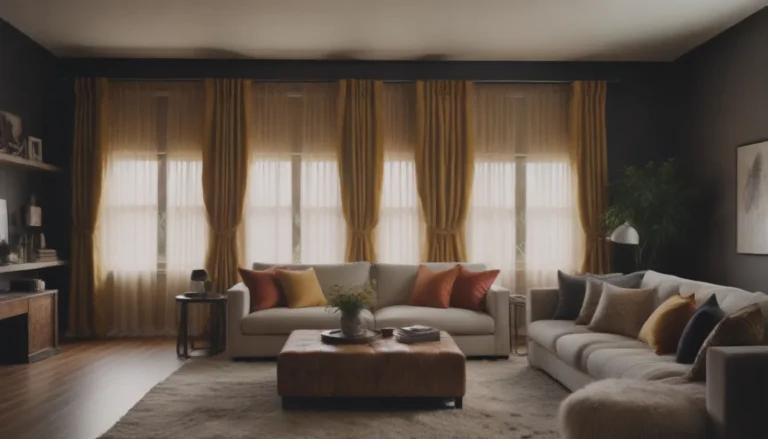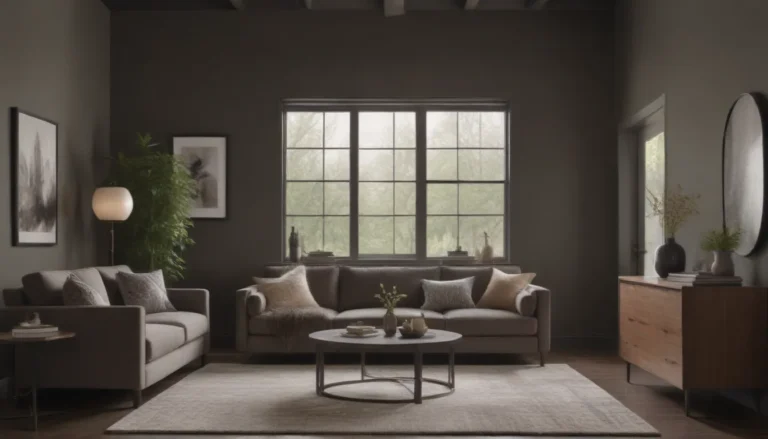Exploring Classical Architecture: A Timeless Design Philosophy
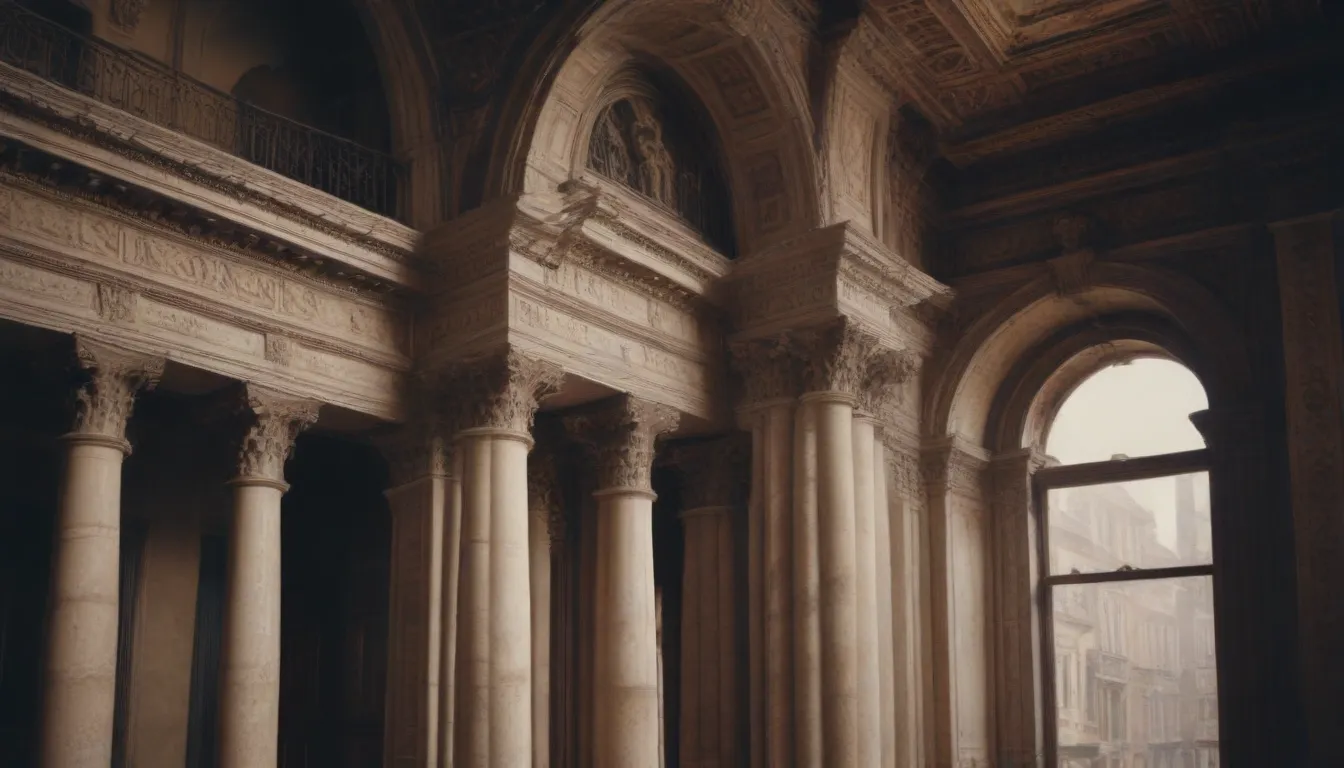
Classical architecture has stood the test of time as one of the most iconic and enduring styles in the history of architecture. Rooted in the ancient civilizations of Greece and Rome, Classical architecture is characterized by its emphasis on symmetry, columns, rectangular windows, and the use of durable materials such as marble. In this article, we will delve deeper into the world of Classical architecture, exploring its history, characteristics, and influence on modern architecture.
The Origins of Classical Architecture
Classical architecture traces its origins back to ancient Greece and Rome, where it first emerged in the 5th century BC in Greece and around the 3rd century AD in Rome. The architecture of these civilizations was built on a foundation of symmetry and order, with architects drawing inspiration from the values and ideals of the ancient world. Over the centuries, Classical architecture has been revived and reinterpreted in various forms, with each revival adding its own unique touch to this timeless style.
The Evolution of Classical Architecture
Throughout history, Classical architecture has experienced several revivals, each characterized by a distinct interpretation of classical design principles. One of the most well-known revivals is the Neoclassical style, which originated in Europe in the 18th century and became synonymous with government buildings in Washington DC. Another prominent revival is the Classical Revival style, which gained popularity in the late 19th century and was heavily influenced by the World’s Columbian Exposition in Chicago in 1893.
Key Characteristics of Classical Architecture
Classical architecture is defined by a set of key characteristics that distinguish it from other architectural styles. These characteristics include:
- Symmetry and Proportions: Classical buildings are known for their perfect balance and harmony, achieved through the careful use of symmetry and proportions.
- Columns in a Specific Style (or Order): Columns play a central role in Classical architecture, with different orders such as Doric, Ionic, and Corinthian being used to create a sense of grandeur and majesty.
- Front Porch Topped with a Pediment: Pediments, or triangular gables, are a common feature of Classical architecture, adding a decorative element to the façade of buildings.
- Durable Building Materials: Marble and other durable materials are often used in Classical architecture to ensure the longevity and durability of the structures.
- Classical Design Motifs: Classical architecture incorporates a variety of design motifs inspired by the ancient Greeks and Romans, such as acanthus leaves, egg-and-dart patterns, and fretwork.
- Rectangular Windows: Rectangular windows are a typical feature of Classical architecture, providing natural light and ventilation to the interior spaces.
Interesting Facts About Classical Architecture
- Classical Revival vs. Colonial Revival Architecture: While both Classical Revival and Colonial Revival architecture were popular during the same period, Classical Revival homes were more formal and grandiose, whereas Colonial Revival homes were more suited to residential life in American cities and suburbs.
- Similarities with Beaux-Arts Style: The Beaux-Arts style of architecture, popular during the same period as Classical Revival, also incorporated many classical design elements. However, the Classical Revival style is known for its simplicity and minimal ornamentation compared to the elaborate details of the Beaux-Arts style.
- Impact of Modern Architecture: The Classical Revival style of the 19th century was eventually replaced by modern architecture, as young architects sought to break away from classical forms and explore new and innovative design ideas.
- Owning a Classical Revival Home: Despite its decline in popularity, there are still many Classical Revival homes that stand today, recognizable by their front-facing columns and full-height porch. These homes serve as a reminder of the enduring legacy of Classical architecture in residential design.
In conclusion, Classical architecture is more than just a historical style – it is a timeless design philosophy that continues to influence and inspire architects and designers around the world. By understanding the origins, evolution, and key characteristics of Classical architecture, we can gain a deeper appreciation for this iconic architectural style and its lasting impact on the built environment.
